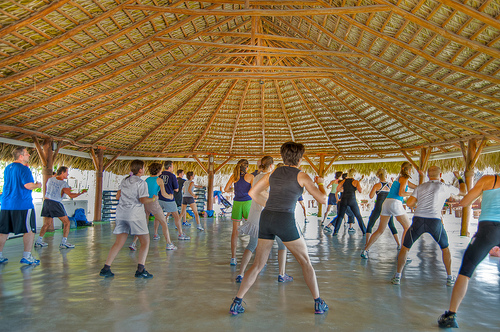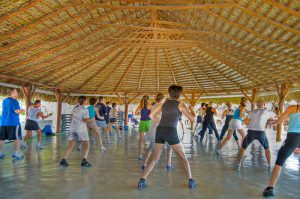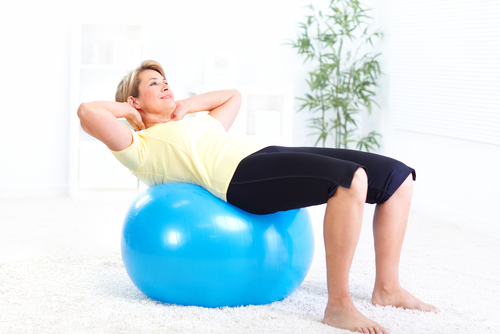
by Brenda Stevens
As Ms. Universe 2000 winner Sushmita Sen aptly puts it, “motherhood is the essence of all women”, which is a basic truth that rings true across all generations.
Unfortunately, pregnancy can also take its toll on the body. As the rush of hormones begins to take over, you can become susceptible to a string of new illnesses and injuries. This is why regular medical consultation is necessary for all expecting mothers.
 In addition to access to prenatal care, there is another important component that can help ensure a healthy pregnancy – regular, safe exercise.
In addition to access to prenatal care, there is another important component that can help ensure a healthy pregnancy – regular, safe exercise.
Exercise is a great way to strengthen the body and allow it to adapt to the many changes occurring in pregnancy. Regular stretching exercises can help ease the common pains and discomforts that affect most women as the belly expands and puts pressure on new areas. Staying physically active during these nine months will go a long way towards having a healthy delivery, and allow you to quickly bounce back to your pre-baby body.
If your baby is on the way and you want to safely keep active, here are a few simple routines that help you get through these sensitive times. Remember to always consult with your OB/GYN before starting any exercise or stretching program, as each pregnancy is unique and requires different precautions for the health of the baby and mother.
How to Exercise During Pregnancy
1. Shoulder Circles – This simple routine can be performed sitting down or standing, up so long as you have plenty of room to comfortably move your shoulders.
With your back straight, slowly rotate your shoulders to form large circles by moving them up and down. Perform on each side every day to help keep your upper torso strong and flexible.
2. Chest stretch – Hold onto each side of a doorframe with your hands at shoulder height. Gently twist your lower body to the right until you feel a slight stretch across your chest. After half a minute, rotate to the left for the same time period.
3. Roll-down – Slightly lean against a wall so that your butt is touching and your back is straight. Feet should be about the width of your shoulders with knees comfortable bent so that it is relaxing to lean back onto the wall.
Now begin to roll down the wall by tucking your chin into your chest as you exhale slowly. Round your back as you roll as far as is comfortable, and then slowly reverse the process while inhaling.
The amount you can roll will diminish as your belly gets bigger, so focus on only moving within your current comfort zone while stretching the individual vertebra you can.
4. Waist twist – Stand with your feet apart and knees bent slightly. Stretch out both of your arms towards your right side while your head is facing the left side. Hold this stretch for a few seconds before relaxing and twisting to the other side.
5. Relaxed Side Stretch – Take a seat on the floor. Keep your back straight up while bending your knees and leaning them to the left side of your body. Hold onto your right ankle with your right hand for balance, while extending your left hand above your head.
You should look like you are trying to get the teacher to call on you. This pose will stretch your torso and hip, so take a few breaths, and then switch to the other side.
6. Leg and Hip Stretch – Lay down on your side using a towel or pillow to support your head. The top hand should grab the ankle of the top leg and gently pull back.
This will stretch your quad and hip. Hold for 20-30 seconds before rolling over and stretching the other side.
7. Vertical Pushup – Stand facing the wall about an arms distance away. Lean forward and put your hands on the wall shoulder width apart. Slowly lean towards the wall as you bend you elbows like a typical pushup, then slowly push yourself back to the starting position.
Make a goal of 10 reps. A word of warning for this exercise: don’t wear slippery socks or footwear, as your feet can slide out from under you.
While these exercises are deemed safe for pregnant women, it is still important to get your ob-gyn’s approval, especially if you are prone to spotting/bleeding or have been diagnosed with a low placenta and weak cervix, or have had a history of miscarriage and premature births in the past.
Each exercise it meant to be done in a slow, relaxed manner as their primary purpose is to keep the body limber and muscles active.
(Brenda Stevens is a freelancer who helps new moms-to-be answer the question what week am I. You can read more of her writing on topics like ovulation discharge at duedatecalculator.org.)




